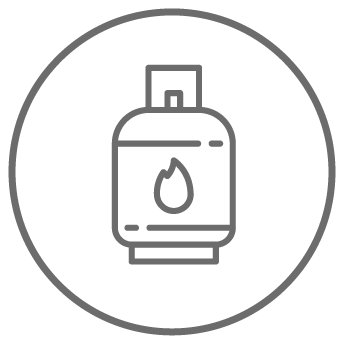Geothermal energy - Use

The term geothermal energy refers to a renewable energy source derived from the natural heat of the Earth and used to produce both electrical energy and thermal energy or heat and hot water. The first place where geothermal energy was used for industrial purposes was in Italy in 1904 in Larderello (Tuscany) and here the first geothermal power plants were created. However, the Earth's heat was already used in ancient times for thermal sources.
One country where geothermal energy plays a key role is Iceland, with 85% of homes heated by geothermal energy, but the largest producers of geothermal energy are the United States.
Geothermal energy - Sources
Geothermal energy is generated through geothermal heat from processes occurring in the Earth's core, mantle, and crust. This energy escapes to the surface of the earth as water and steam and there are three main sources of geothermal energy:
- Hydrothermal sources: these are pockets of hot water below the earth's surface at about 1000/2000 m depth and are divided between steam dominant or water dominant sources;
- Geopressured sources, are found at 2500-9000 m depth in pockets with natural gas at low temperature but high pressure;
- Petrothermal sources: the energy source is hot rocks to be stimulated with cold water to produce steam.
Geothermal energy - Advantages and disadvantages
Geothermal energy is a renewable energy source that can produce the greatest amount of electricity and has several advantages:
- It is not subject to weather variations and day-night alternation and is always available
- It is a renewable energy source without combustion
- It does not have depletion problems, which is why it is placed among the renewable energy sources
- Waste related to energy production can be recycled
Geothermal Energy - Uses
Geothermal energy consists of conveying vapours from underground water sources to turbines that produce electricity. The water vapour is also used for heating, greenhouse cultivation and spa tourism. There are also several direct applications of geothermal energy: in addition to spa treatments, the heat produced is used in greenhouses for floriculture and horticulture, in tanks for fish farming and in the environmental field to pasteurize milk and dry wood.
In addition to this, geothermal energy can be used to heat buildings, keep roads and stairways free of snow, produce heat in winter and cool rooms in summer while consuming very little electricity and exploiting the temperature of the ground.
If you want to find out more about the uses of geothermal energy and its advantages contact Settala Gas for information.




